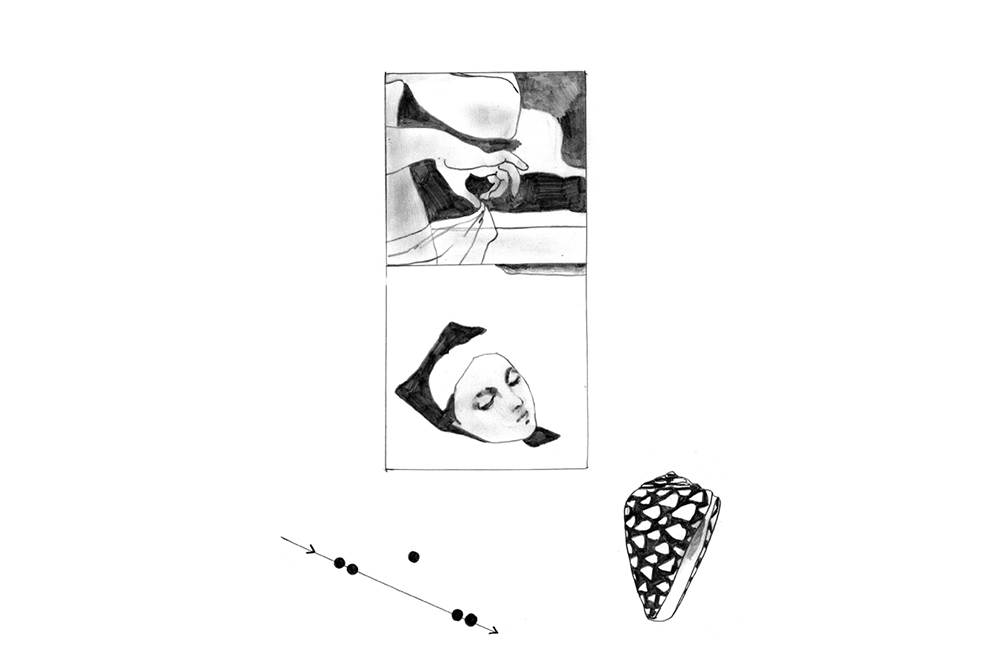MoMA PS1 Salad Garden
Peradam Press’ Fall Greens with Apple, Fennel Flower and Tahini
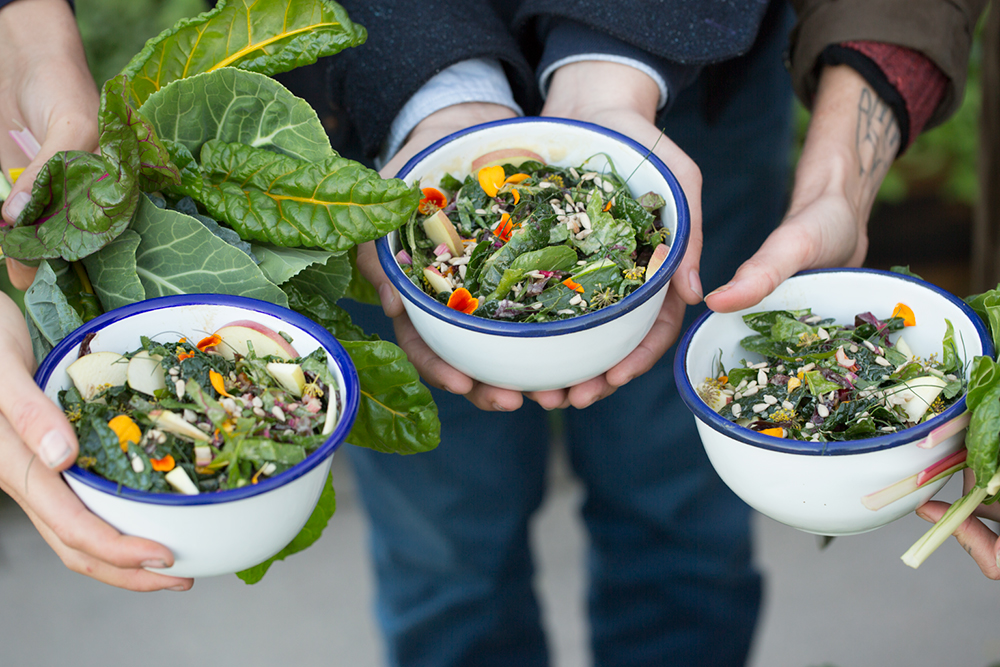
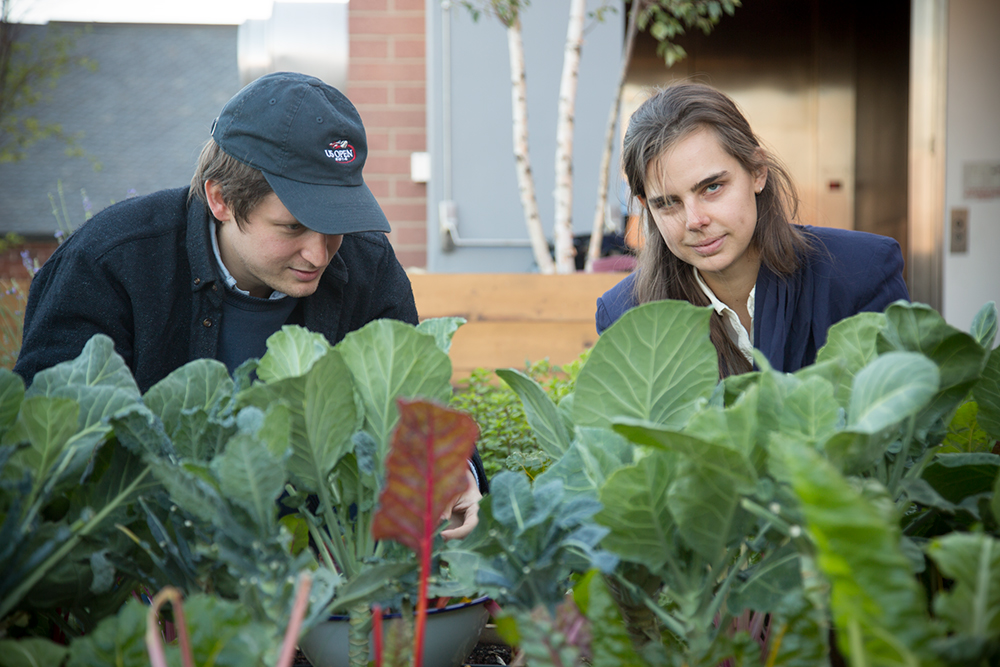
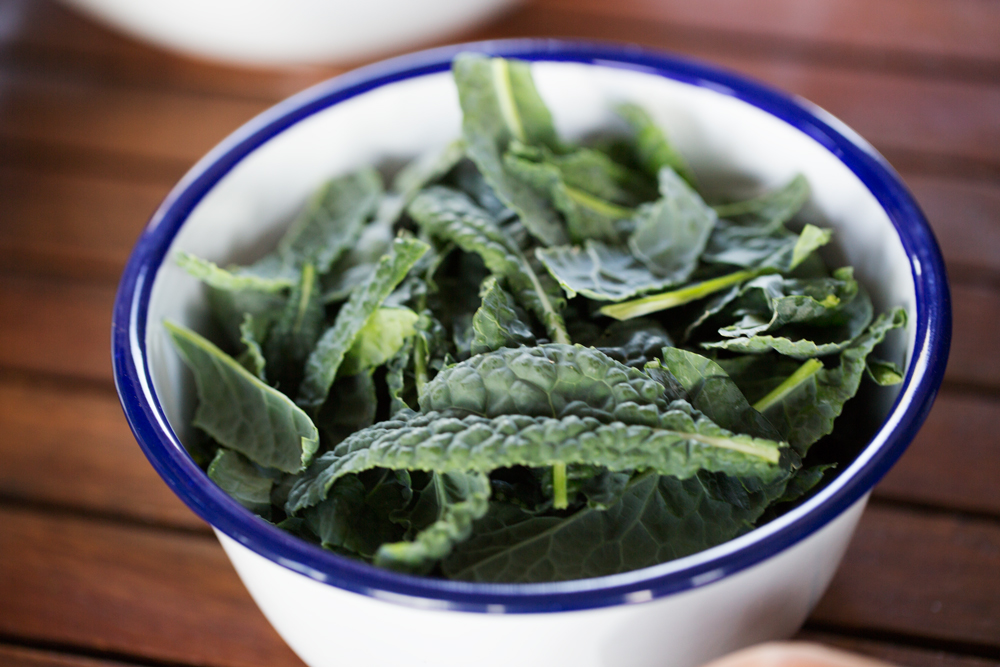
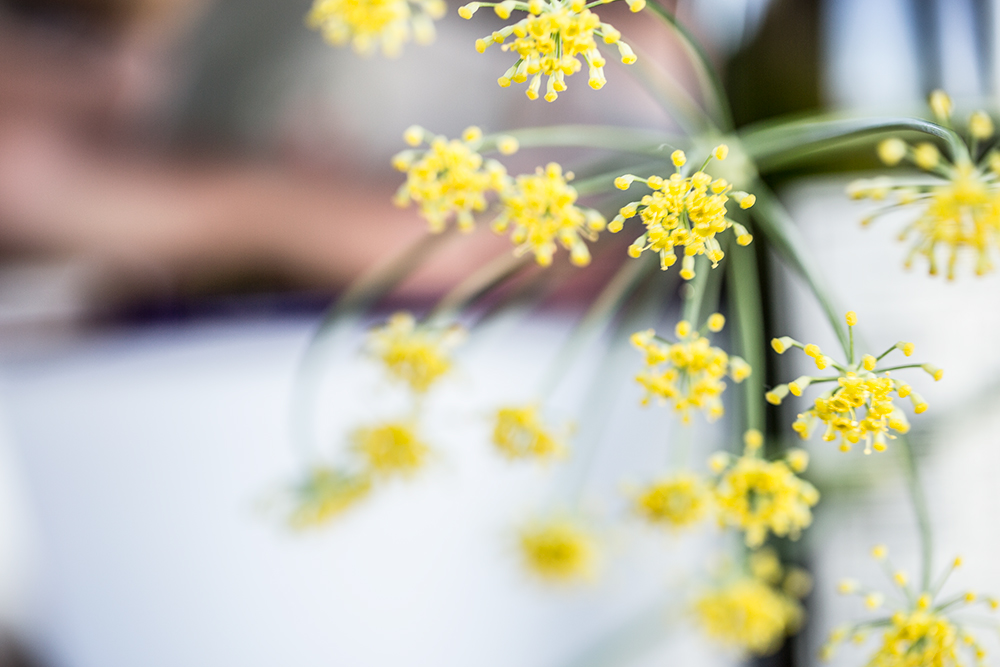
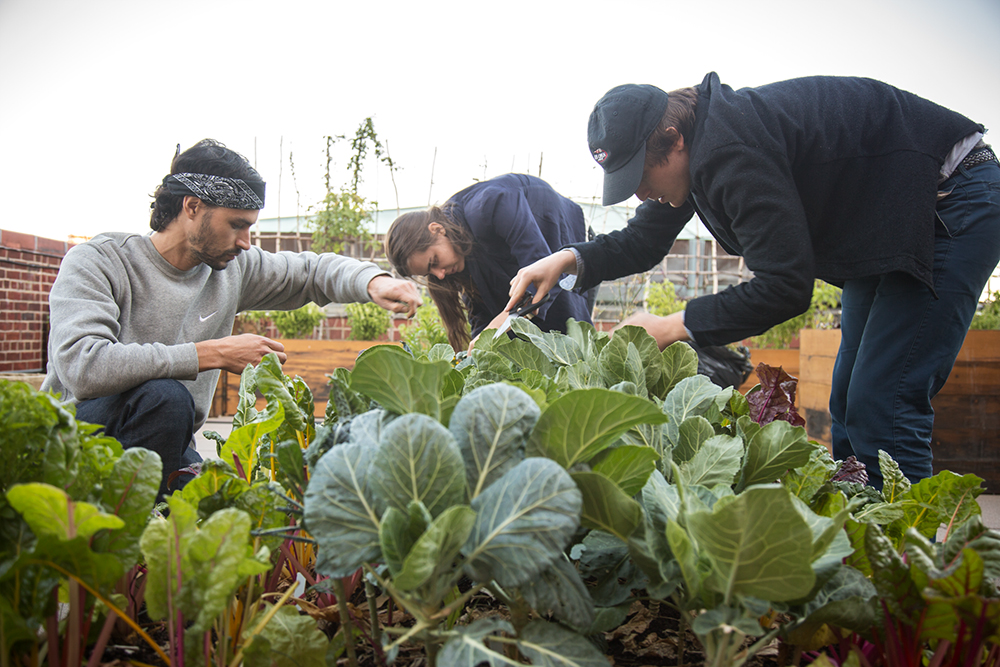
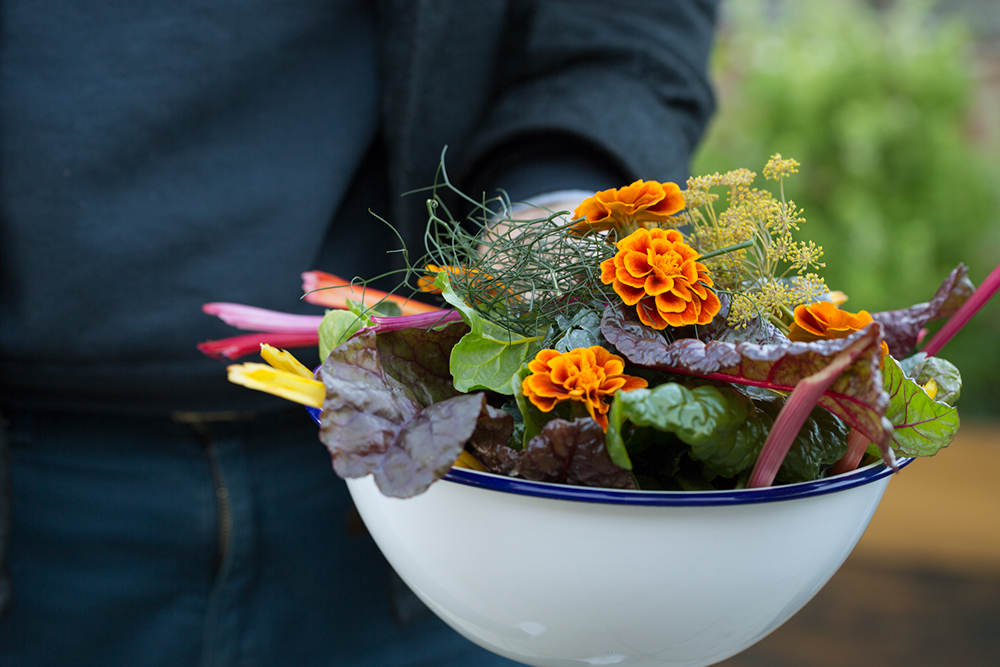
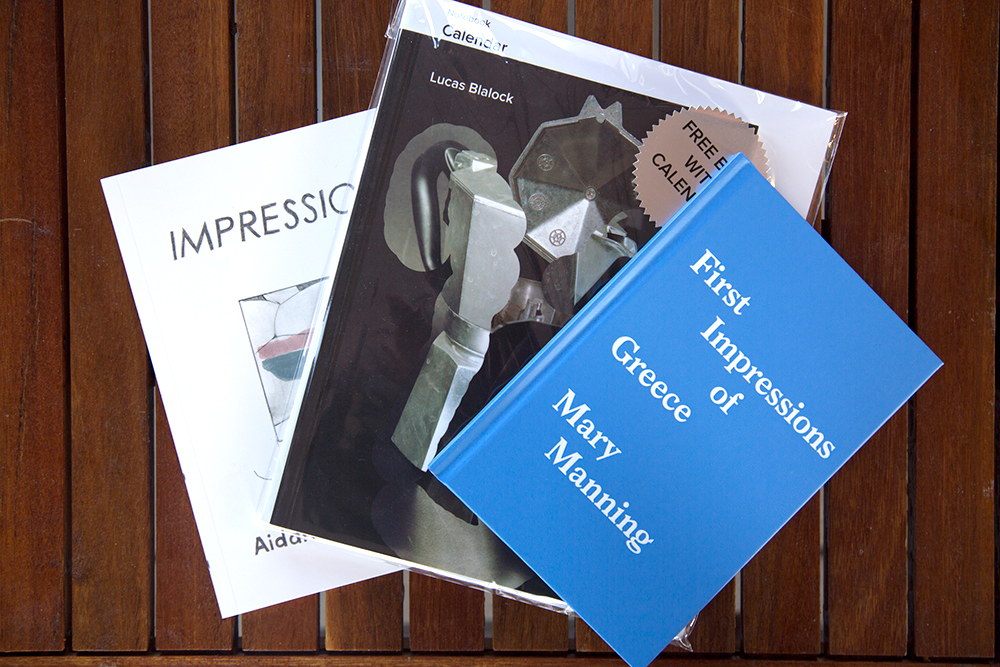
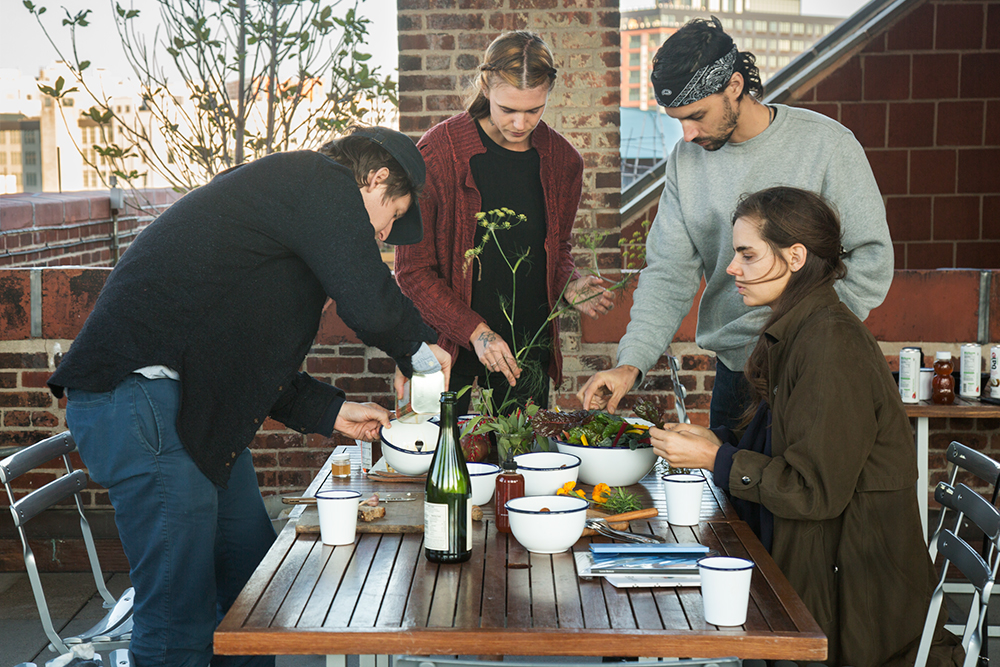
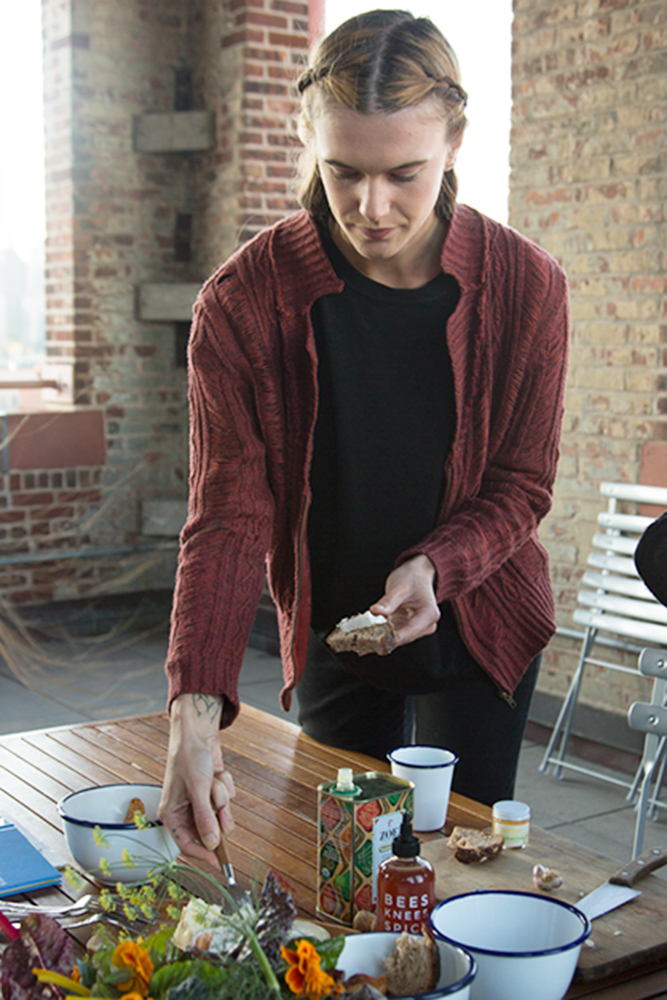
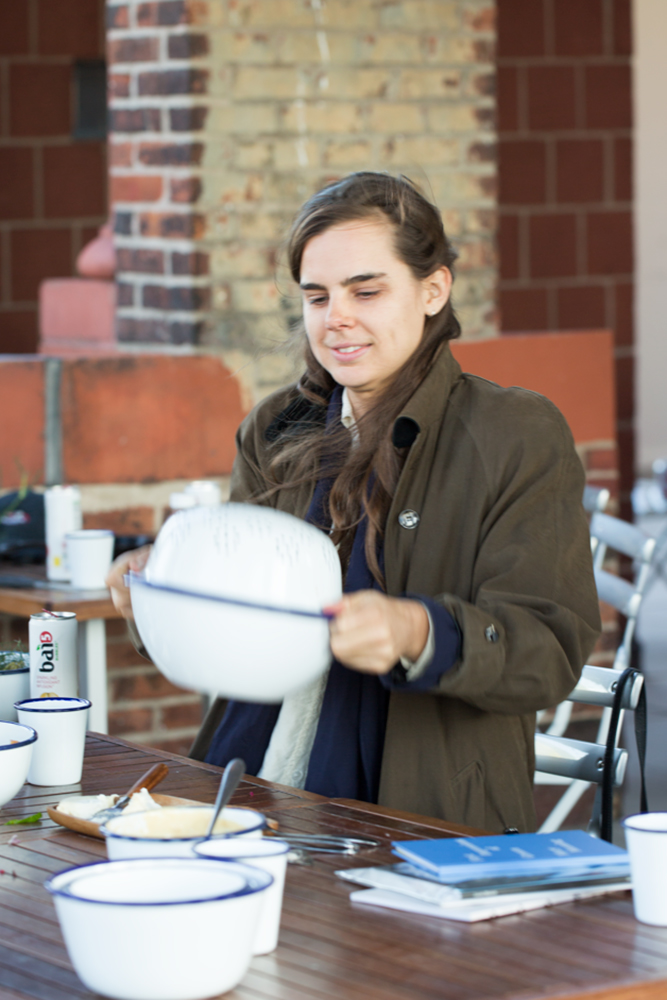
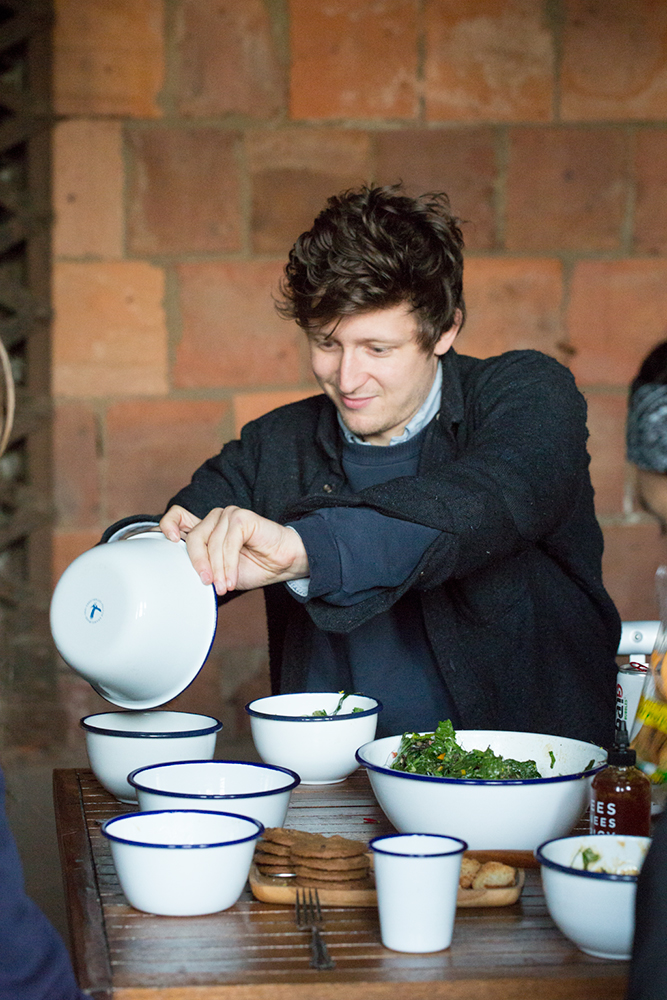
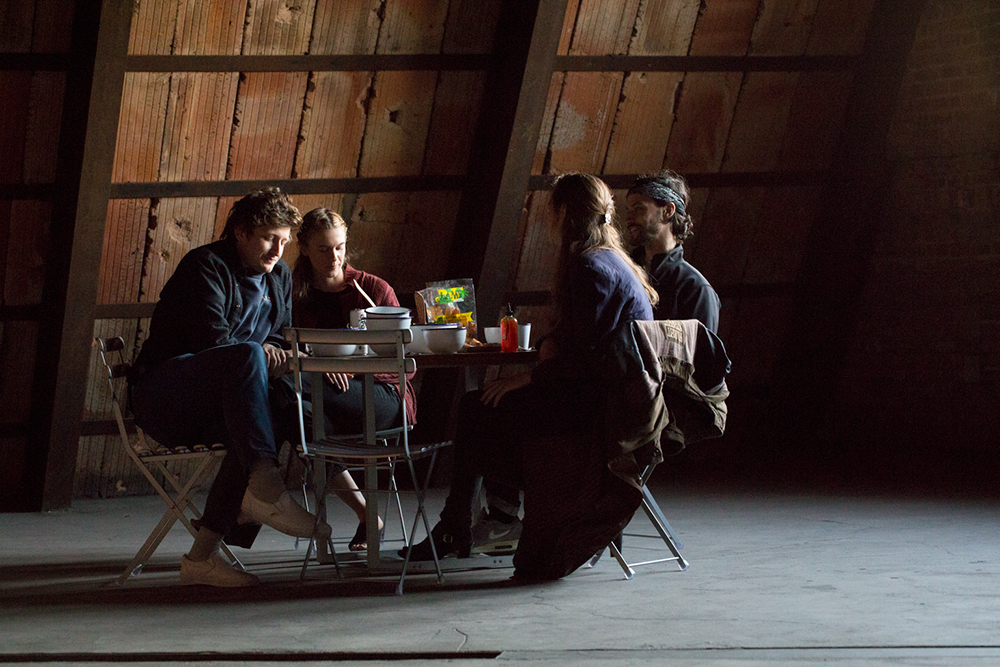
POSTED UNDER
- MOMA PS1,
- simple salad
INGREDIENTS
- apple,
- apple cider vinegar,
- fennel fronds,
- garlic,
- honey,
- kale,
- rainbow chard,
- sunflower seeds,
- tahini
NOTES
The perfect Fall salad that makes use of hearty greens, apple cider and apples. This dressing keeps well in the fridge, so make extra! I bet it would do well as a marinate for roasting vegetables, too. If you can forage some fennel blossoms, do it! Otherwise, you can use wild fennel fronds or just trim the healthy fronds off of a fennel bulb.
RECIPE
DIFFICULTY
EASY
SERVES
4
PREP TIME
10 MINS
Salad
-
1bunchtorn Lacinto kale leaves
-
1/2bunchrainbow chard
-
1tart apple (we used Northern Spy)
-
2tbsraw sunflower seeds
-
2tbsfennel fronds or fennel blossoms
Dressing
-
2tbstahini
-
1tbswater
-
1/2tsphoney
-
3tbsapple cider or sparkling cider
-
2tbsBragg's cider vinegar
-
1small clovegarlic, minced
POSTED UNDER
- MOMA PS1,
- simple salad
INGREDIENTS
- apple,
- apple cider vinegar,
- fennel fronds,
- garlic,
- honey,
- kale,
- rainbow chard,
- sunflower seeds,
- tahini
Peradem Press is an independent publishing project, run by artist Elizabeth Jaeger and Sam Cate-Gumpert. Both Elizabeth and Sam have full careers independent of this project – Elizabeth is a sculptor with a solo show up at Jack Hanley Gallery through November 9th, and Sam works as an Art Director at Harper’s while he pursues a Master’s degree at Hunter. But the practice of selecting, editing and publishing artists’ books seems to be a grounding process for them both. They are deliberate about who they work with, and only publish about 3 projects a year, bringing these perfect-bound labors of love to the L.A. Art Book Fair and the New York Art Book Fair to share them with the world.
Artist Aidan Koch was one of the lucky few to work with Sam and Elizabeth this year, producing an intimate book that reads as half graphic novel and half sketchbook. The book is a mysterious but tender glimpse of the daily life of an art class figure model. Aidan presents and erases her body alongside caught phrases from her personal life. Though each spread would do well framed and presented on the wall, this is the kind of work that must be made into a book. Publishing is dead you say? Not true. According to these three, the book as an art form unto itself is fresh and new, and worth your undivided attention.
Elizabeth (and her boyfriend Tony), Sam and Aidan joined me on the roof of MoMA PS1 to make the very last salad in the Salad Garden series. We picked the Fall greens and the fennel that had gone to seed, and made a delicious Autumnal salad. Elizabeth, herself surprisingly intimated by the prospect of salad-making, presented me with a bottle of $18 spicy honey saying, “I got this for you. I thought, ‘Julia is bougie, she will like this.” And she was right. We spooned the nerly unbearably spicy honey on crackers, made a heaping bowl of salad and huddled inside the small gallery space on the roof (alongside a Richard Serra floor sculpture), drank hard cider, celebrated Aidan’s book and savored the very last that the garden had to offer.
Peradam Press in Their Own Words
Julia Sherman: How did you two meet, and what is the origin of this project?
Elizabeth Jaeger: We met when we were 4 (Elizabeth) and 6 (Sam), at the French American school in San Francisco. We both wanted to start a publishing project, and had talked about it for a couple years; Peradam started when Elizabeth moved to New York, where Sam was already living.
JS: How do you guys choose who you work with?
EJ: It’s intuitive, and it’s a debate. We each bring ideas and projects to the table and debate them until we find things we agree on. What’s really nice is that it has evolved naturally into working with artists we admire and want to promote.
JS: How did you arrive at the name, Peradam?
EJ: The name comes from René Daumal’s new age classic, Mount Analogue, which was a big inspiration for Alejandro Jodorowsky’s Holy Mountain . It refers to a diamond-like object that only reveals itself to those who seek it out, which seemed perfect for a small and independent publishing house working within the arts.
JS: Can you each describe your individual practices? Better yet, describe one another’s practices!
EJ: Sam is an intellectual (free thinker) with a penchant for taking care of business. He’s able to hold down his demanding full time job, grad school at Hunter, and most of the entire back end of Peradam with very few complaints.
Sam: Elizabeth makes strange, uncanny, and beautiful sculptures, mostly ceramic but also metal, fur, plaster, and wood.
JS: Can you each describe your individual practices? better yet, describe one another’s practices!
EJ: Sam is an intellectual (free thinker) with a penchant for taking care of business. He’s able to hold down his demanding full time job, grad school at Hunter, and most of the entire back end of Peradam with very few complaints.
Sam Cate-Gumpert: Elizabeth makes strange, uncanny, and beautiful sculptures, mostly ceramic but also metal, fur, plaster, and wood. She also is an amazing sourcer of industrial and art materials.
JS: Elizabeth, as an artist, what does such an ambitious publishing project bring you?
EJ: I think it’s important to balance how much you give and take to a creative community – I find discomfort in taking credit and getting attention for my own work. Peradam is a way for me to feel more balanced with the push and pull of the art world – whereas I feel embarrassed presenting my own work, I feel proud being apart of the work of artist’s I admire.
JS: Sam, you work as an art director at Harper’s: what does owning your own publishing house do for you?
SCG: My work at Harper’s has been great because it brings me in contact with a lot of photographers and artists, but at the same time it has its own particular aesthetic; Peradam has been a terrific outlet to promote work that maybe wouldn’t fit there. Also, I really enjoy the amount of time we can devote to a book. At Harper’s I’m basically doing a book a month, which can be a pretty brutal cycle.
JS: Why should artists make books? Why should people buy artists’ books?
SCG: An artist book is an intimate object that operates on a completely different scale than an art object. It’s personal in its size, and in the viewer’s relationship to its pages. The tactile quality of the book is very important, especially the quality of the paper and ink. Also, it’s affordable – as an artist you’re able to literally touch people with your work, and as a viewer, you’re able to have access to an artist’s direct work you wouldn’t otherwise. Finally, the book format can push the artist’s practice in new and novel directions. Peradam in particular is interested in producing those kinds of books, which is a reason why we don’t have a set format or type of book we do; the form of each project is really dictated by its content.
JS: Elizabeth, why are you so afraid of salad? Did this process alleviate or magnify your salad-related anxieties?
EJ: I just don’t like to buy so many ingredients at the store. I’m a BLT at the Bodega kind of girl. I will say, however, that the experience has made me appreciate salad more, and I do order more of it at restaurants now.
JS: Is $18 spicy honey the most bourgeois thing you can think of, or is there something else we have yet to try?
SCG: I would say Kopi Luwak coffee beans (which are, excuse my French, shat out by Civet cats in Thailand). It’s $70 a pound. Though maybe that’s more just a ludicrous luxury item …
JS: What do you guys really think about that Richard Serra we used as a backdrop for our picnic?
EJ: It felt great, because it was forbidden. Bad Bad salad girls (and Sam).
ARTIST AIDAN KOCH IN HER OWN WORDS
JS: Elizabeth said you were the salad expert, and that all salad-related tasks for this post should be addressed to you. Do you cook often? What is your favorite salad?
Aidan Koch: I’m not sure I can totally validate expert status, but I definitely cook every day. I actually get a bit crazy when I’m not able to. When I was living in California my roommates and I got a CSA in exchange for helping some farmer friends, it was amazing. We made a lot of smoked salmon salad with Arugula, walnuts, avocado and chevre with just like a simple lemon dressing. Very rich!
JS: Can you tell me a little bit about your art practice?
AK: I mostly work between comics and sculpture. At first they were something I kind of kept separated, or I was more inclined to only show drawings or do illustration work, but after rekindling an interest ceramics, I started searching more for ways I could build between a 2-d and 3-d practice. I am very interested in narrative though as a way to elicit emotions and build tones in this very concentrated, intimate way.
JS: The subject of your book with Peradam is a figure model. As an art student, I personally always loved fantasizing about the actual person who modeled for us in class. How did you arrive at this topic?
AK: I wanted to work with the idea of the relationship between painter and model. I love looking at the women in classical painting, but I also have to consider the women as real people, and how they themselves were perceived at the time. It’s so beautiful, but also uncomfortably voyeuristic. So I wanted to address the projected, romanticized identity, and some idea of ‘reality.’
JS: Have you ever posed for a life drawing class?
AK: I have! I actually started after I’d already had the idea for the book. Research I guess? It really helped me construct the feeling, though the character’s position is much different from my own.
JS: At the book launch, you hosted a talk with two realist painters. What is your interest in realist painting? Your work is figurative, but so abstract at the same time. It feels pretty far from realist painting.
AK: I draw on traditional painting in my work, but I would never actually try to copy or emulate an existing work. I found out about two art schools in Europe that are entirely dedicated to the practice of copying master works. I wanted to meet some of the students and ask them questions about their perspective and relationship to both historic and contemporary art. I was curious to see how our perspectives might differ or overlap.

